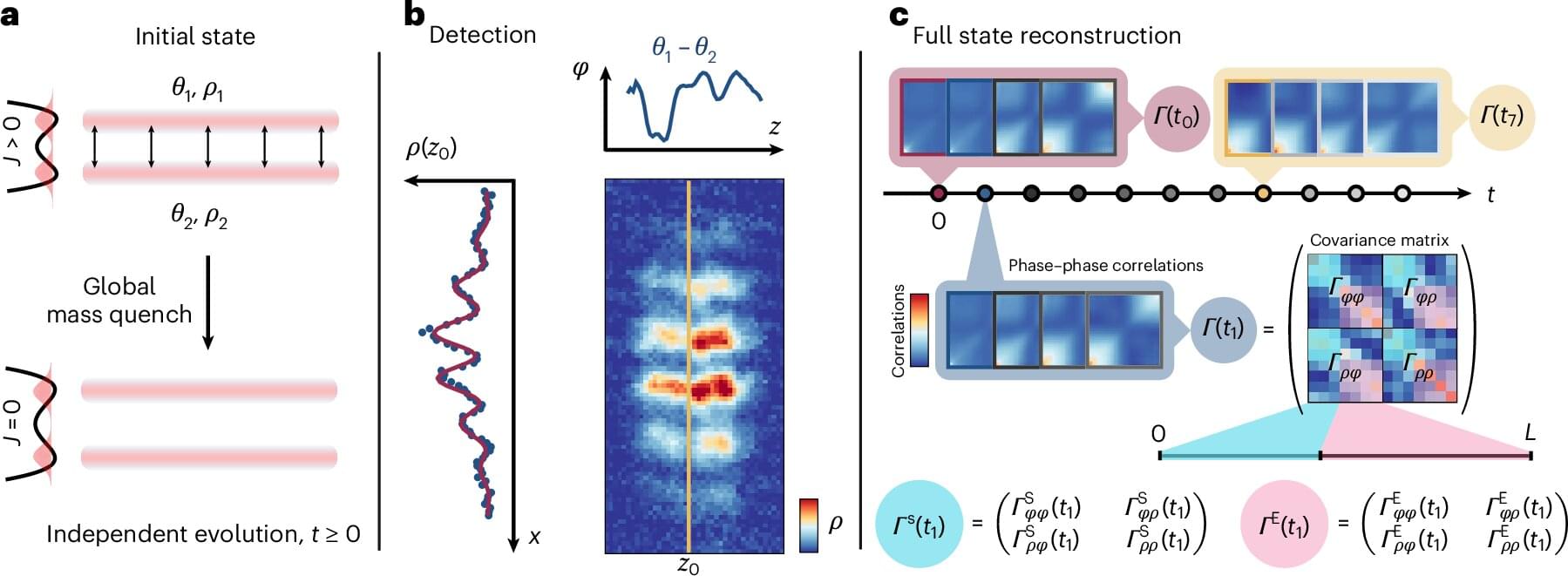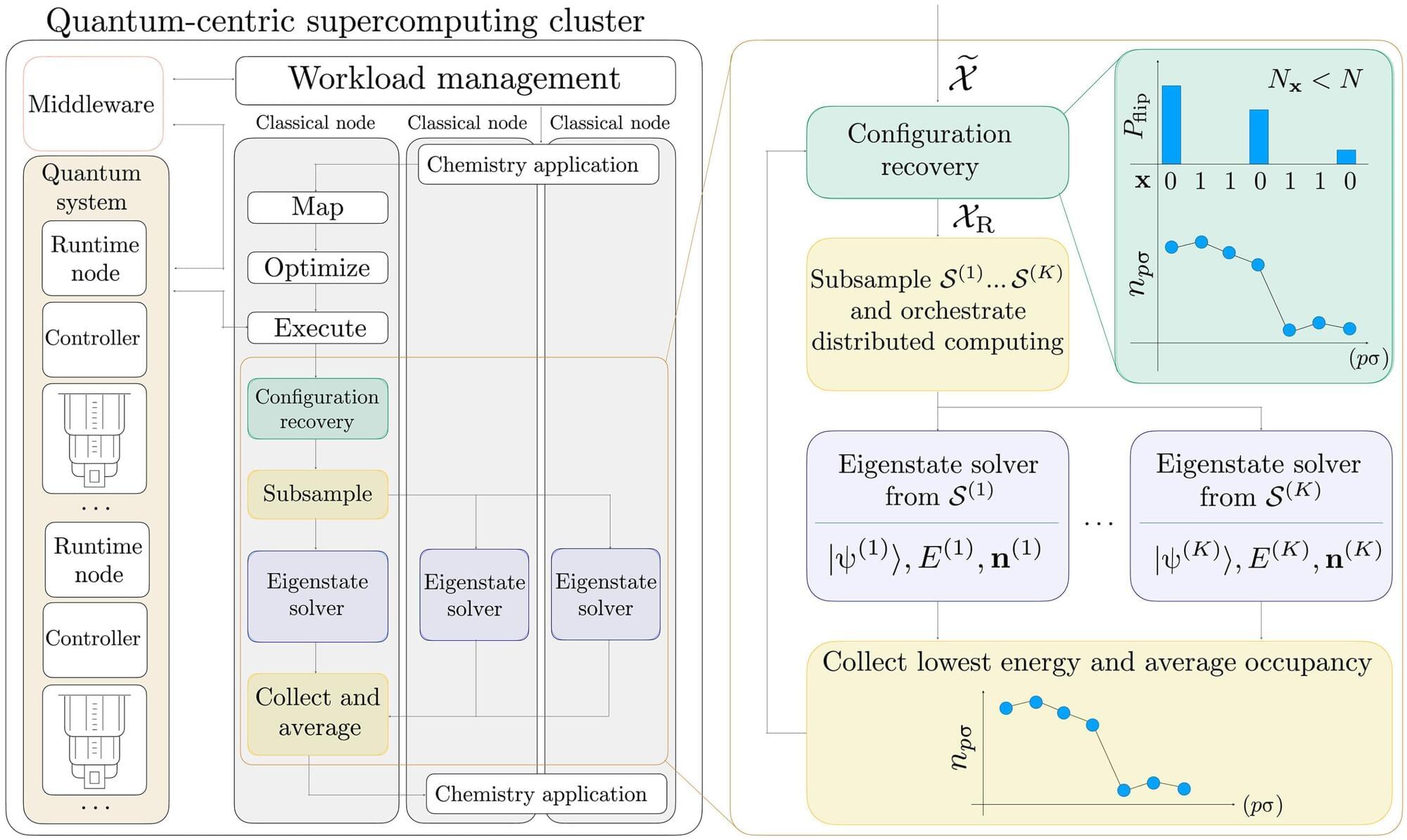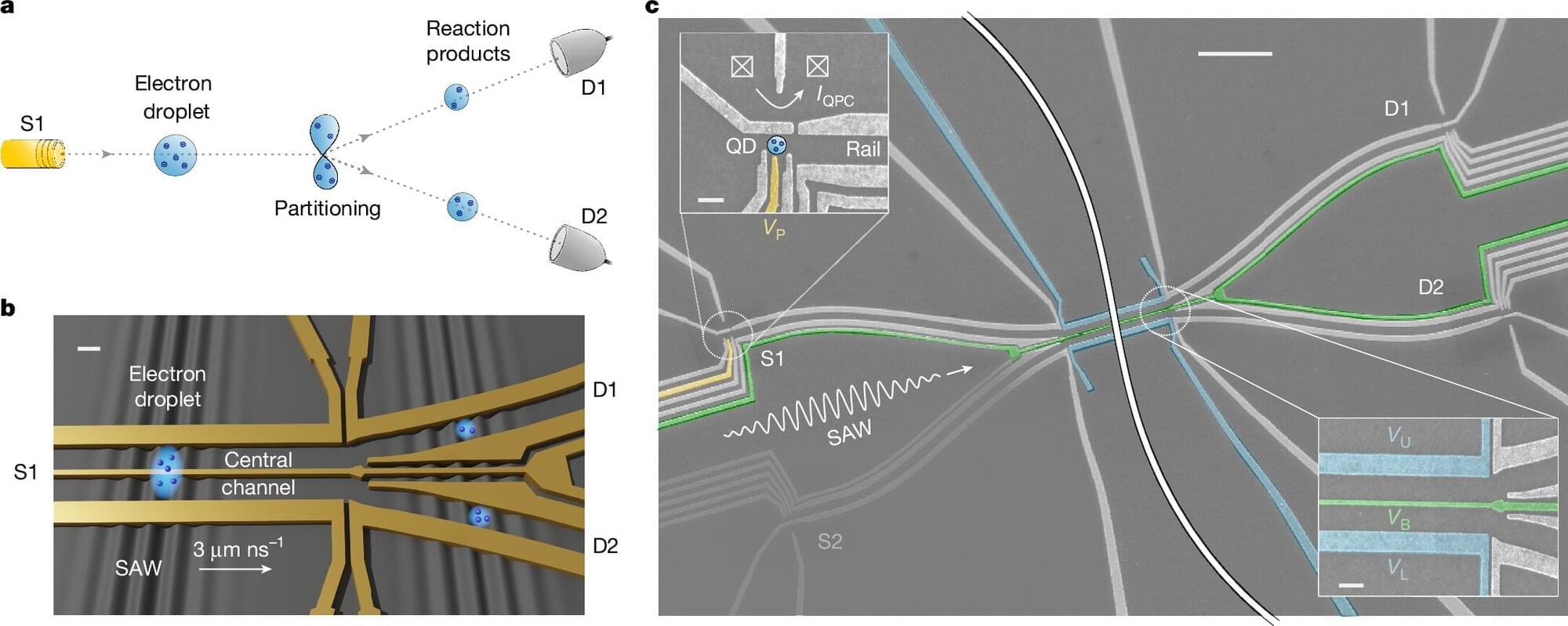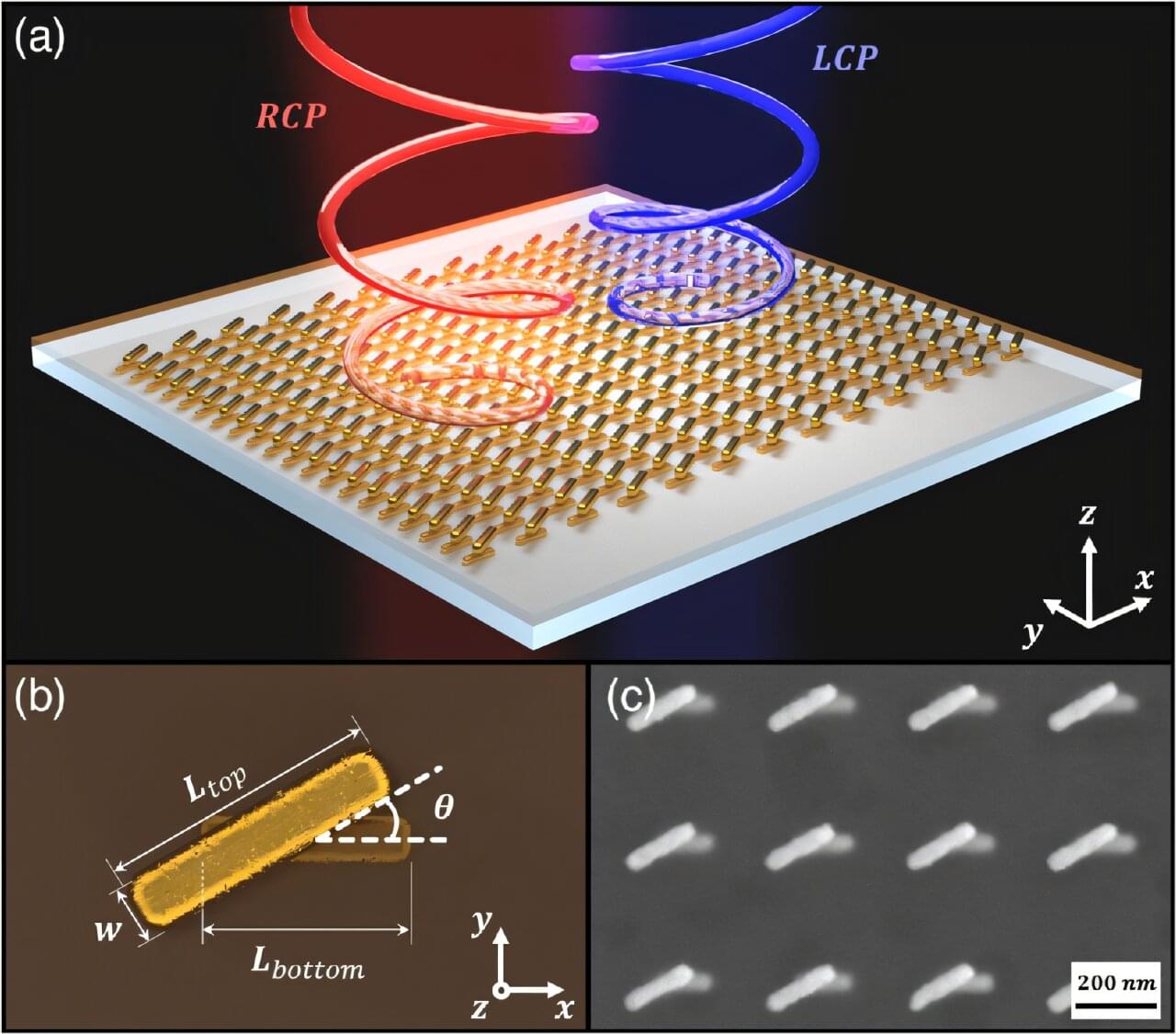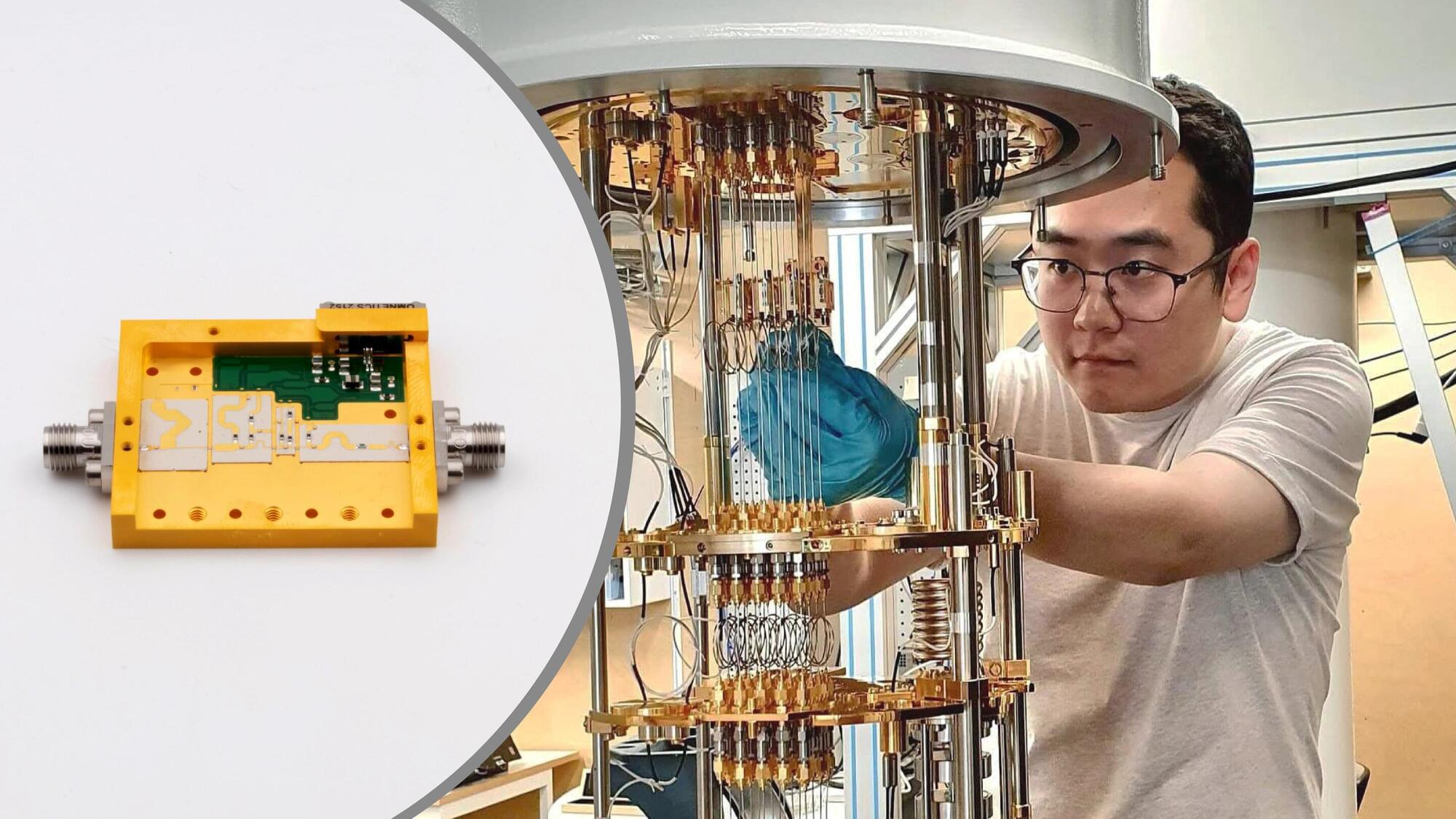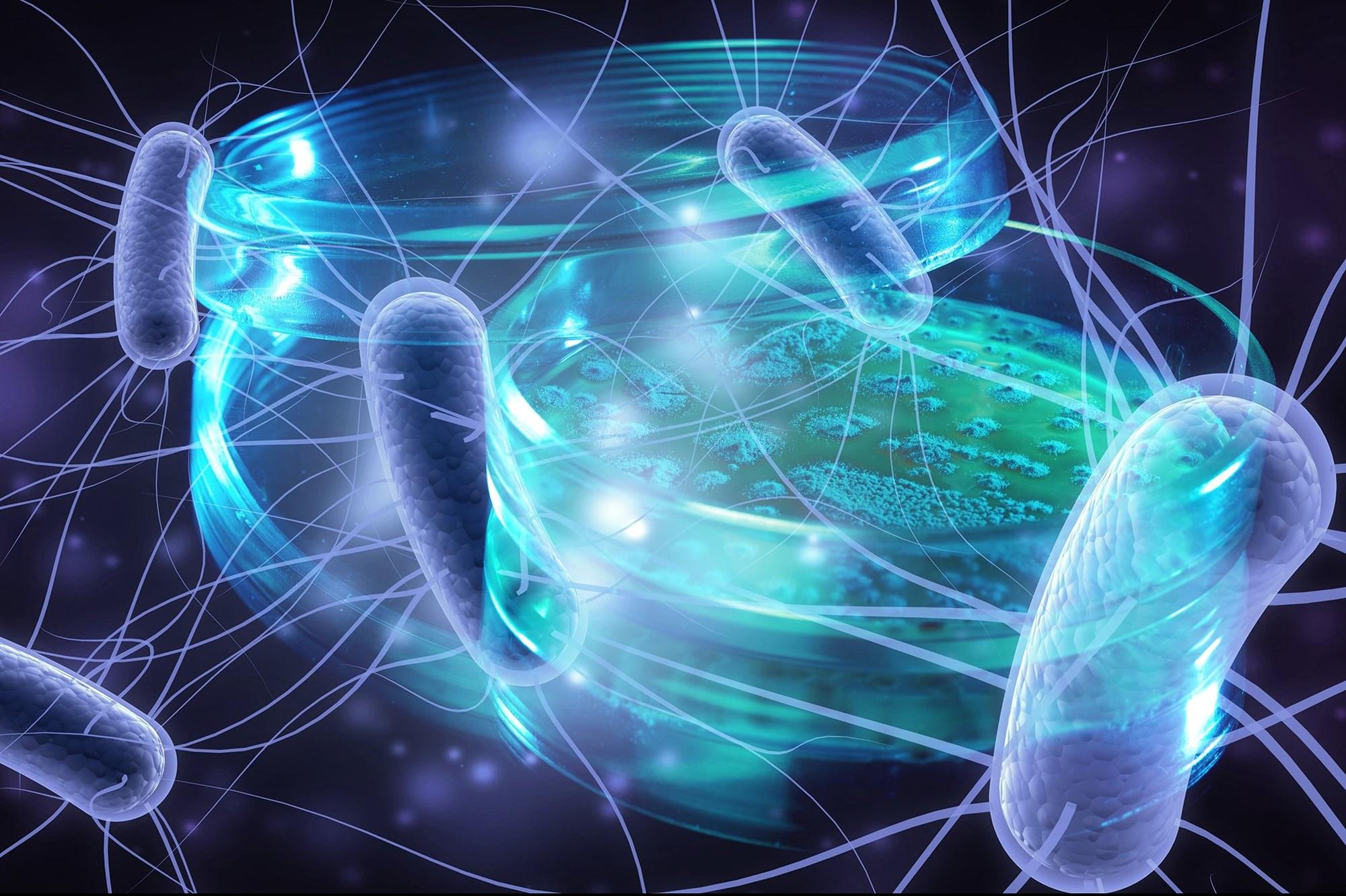It can be found inside gas giants such as Jupiter and is briefly created during meteorite impacts or in laser fusion experiments: warm dense matter. This exotic state of matter combines features of solid, liquid and gaseous phases. Until now, simulating warm dense matter accurately has been considered a major challenge.
An international team led by researchers from the Center for Advanced Systems Understanding (CASUS) at the Helmholtz-Zentrum Dresden-Rossendorf (HZDR) in Germany and Lawrence Livermore National Laboratory (LLNL) has succeeded in describing this state of matter much more accurately than before using a new computational method. The approach could advance laser fusion and help in the synthesis of new high-tech materials.
The team presents its results in the journal Nature Communications.

